Table of Contents
- When to Use Dry vs Fresh Herbs (Quick Reference)
- Fresh to Dry Herb Conversion Chart
- Key Differences Between Dry and Fresh Herbs
- Which Herbs Work Best Dried
- Which Herbs Work Best Fresh
- Storage Tips for Maximum Freshness
- Practical Cooking Tips for Perfect Herb Usage
- Frequently Asked Questions
- Conclusion
Quick answer: Use dry herbs for slow-cooked dishes like stews, soups, and sauces where flavors have time to infuse (add early in cooking). Use fresh herbs for finishing dishes, garnishes, salads, and quick-cooked meals where vibrant flavor is key (add at the end). General conversion: 1 teaspoon dried herbs = 1 tablespoon fresh herbs.
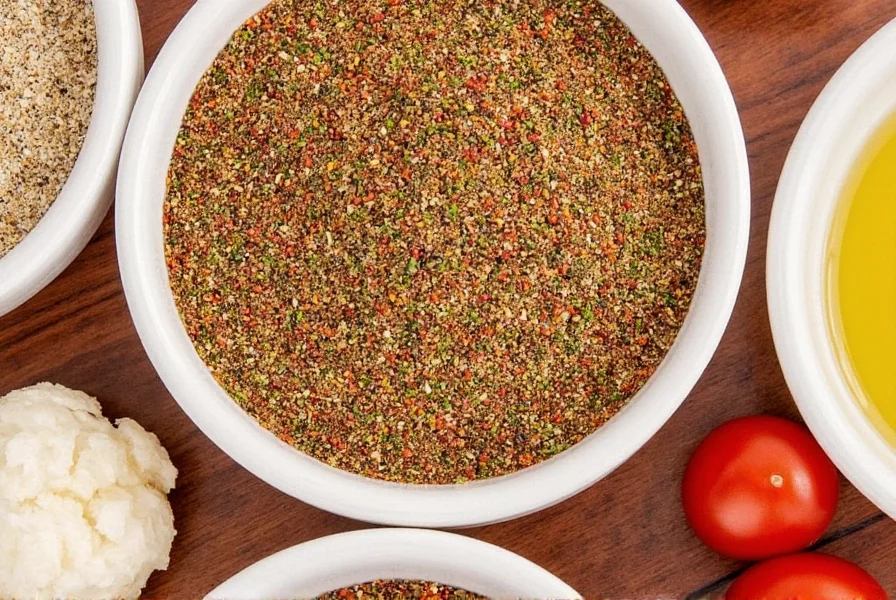
Fresh to Dry Herb Conversion Chart: Get Proportions Right Every Time
Getting the conversion wrong is the #1 reason herb flavors miss the mark. Use this chart for perfect seasoning:
| Fresh Herb | Dried Herb Equivalent | Best Used For |
|---|---|---|
| 1 tablespoon fresh basil | 1 teaspoon dried basil | Dried: tomato sauces, slow-cooked dishes | Fresh: Caprese salad, pesto, garnishes |
| 1 tablespoon fresh oregano | 1 teaspoon dried oregano | Dried: pizza, pasta sauce | Fresh: Greek salads, grilled vegetables |
| 1 tablespoon fresh thyme | 1 teaspoon dried thyme | Dried: stews, braises, roasts | Fresh: salads, garnishes, compound butter |
| 1 tablespoon fresh rosemary | 1 teaspoon dried rosemary | Dried: roasted meats, breads | Fresh: grilled lamb, lemon-rosemary water |
| 1 tablespoon fresh parsley | 1 teaspoon dried parsley | Dried: seasoning blends | Fresh: finishing dishes, tabbouleh, sauces |
This conversion ratio (3:1 fresh to dried) works because drying concentrates the essential oils. Always start with less dried herbs—you can add more, but you can't take it out!
Key Differences Between Dry and Fresh Herbs That Affect Your Cooking
Understanding these differences will transform your seasoning skills:
| Characteristic | Dry Herbs | Fresh Herbs |
|---|---|---|
| Flavor Profile | Concentrated, earthy, more uniform | Vibrant, bright, nuanced with grassy notes |
| Best Added | Early in cooking to infuse flavors | At the end of cooking or as garnish |
| Shelf Life | 1-2 years in airtight container | 5-7 days with proper storage |
| Texture Impact | No texture change to dishes | Adds freshness and mouthfeel |
| Cost Efficiency | More economical per use | Higher cost but superior flavor in right applications |
Which Herbs Work Best Dried: The 5 Hardy Herbs That Shine When Dry
These herbs actually improve when dried due to their woody structure and concentrated oils:
- Oregano: Drying intensifies its earthy flavor - essential for authentic pizza sauce
- Thyme: Maintains flavor through long cooking times - perfect for beef stew
- Rosemary: Drying concentrates its pine-like essence - ideal for roasted potatoes
- Marjoram: Becomes sweeter when dried - superior in tomato-based sauces
- Sage: Drying reduces bitterness - essential for perfect Thanksgiving stuffing
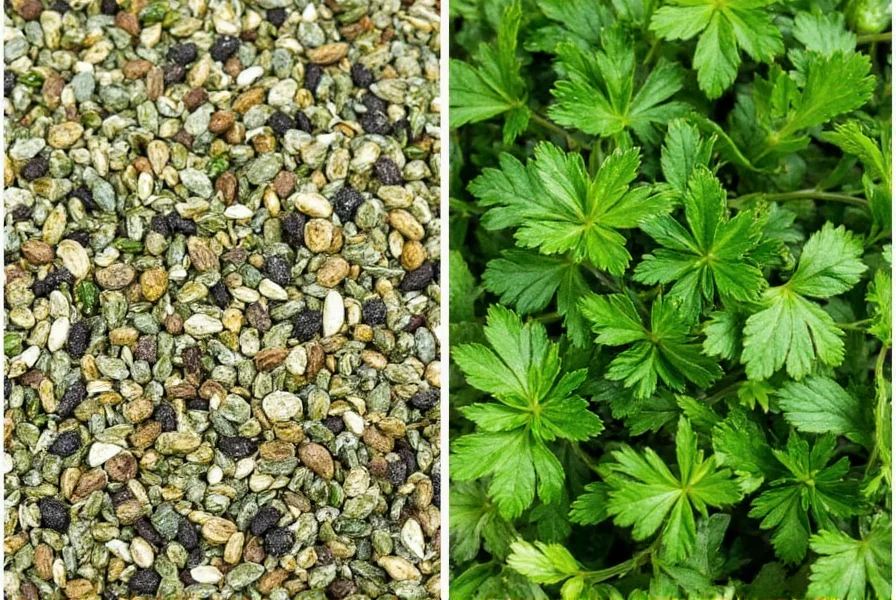
Which Herbs Work Best Fresh: The 4 Delicate Herbs You Should Never Dry
These herbs lose significant flavor when dried and should be used fresh for best results:
- Cilantro: Drying destroys its citrusy notes - essential for fresh salsa and guacamole
- Basil: Dried basil tastes nothing like fresh - crucial for pesto and Caprese salad
- Dill: Fresh dill has vibrant tanginess - perfect for salmon and cucumber salad
- Mint: Drying creates medicinal flavor - irreplaceable in mojitos and fresh tabbouleh
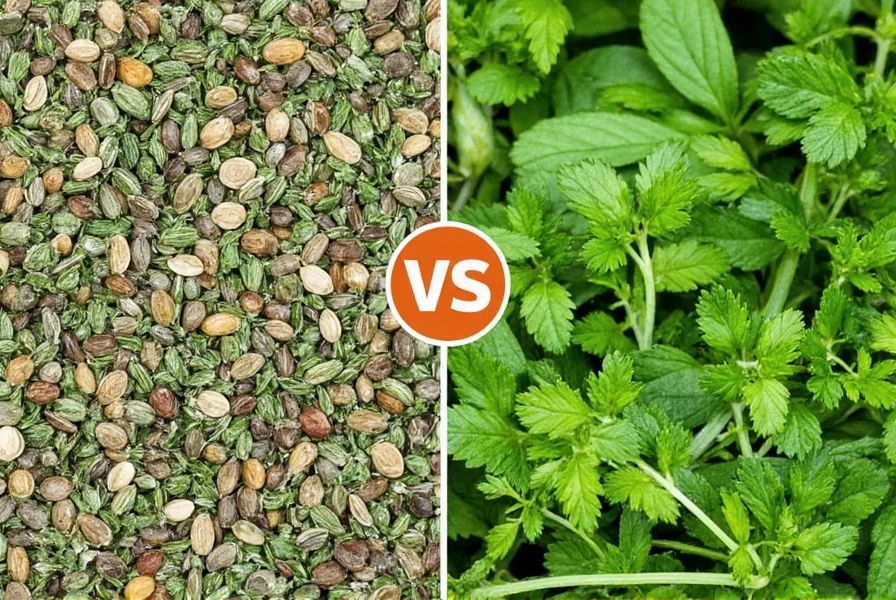
Storage Tips That Extend Freshness By Weeks (Not Days)
Proper storage makes or breaks herb quality:
- For most fresh herbs (except basil): Trim stems, place in glass with 1" water, cover loosely with plastic bag, refrigerate. Change water every 2 days.
- For basil: Store at room temperature like flowers (cold damages its cells)
- Dry herbs: Keep in airtight container away from light/heat. Test potency by rubbing - if little aroma, replace.
- Freezing fresh herbs: Chop, mix with oil, freeze in ice cube trays for ready-to-use portions
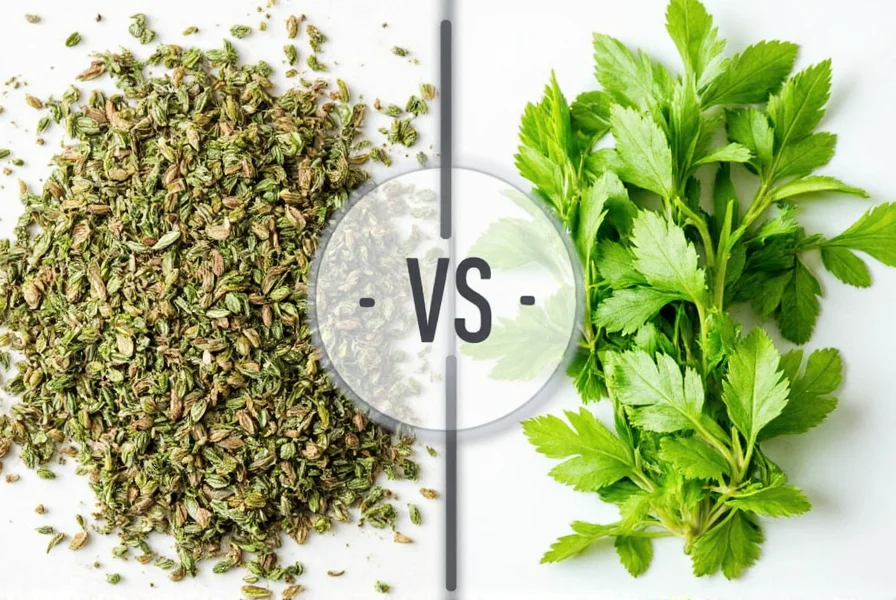
7 Professional Chef Tips for Perfect Herb Usage Every Time
- Crush dry herbs between your fingers before adding to release essential oils
- Always add dry herbs early in cooking (30+ minutes before finished) to allow flavor infusion
- Add fresh herbs at the end (last 5-10 minutes) to preserve volatile flavor compounds
- Never substitute 1:1 - remember the 3:1 fresh-to-dry ratio is the golden rule
- For soups/stews: Tie fresh herbs in a bundle (bouquet garni) for easy removal
- Revive wilted herbs by soaking in ice water for 15 minutes
- When in doubt: Start with less - you can always add more seasoning but can't remove it
Frequently Asked Questions
What's the exact conversion ratio between fresh and dried herbs?
The precise conversion is 1 teaspoon of dried herbs = 1 tablespoon (3 teaspoons) of fresh herbs. This 3:1 ratio exists because drying removes water content, concentrating the essential oils. For example, if a recipe calls for 2 tablespoons fresh thyme, use 2 teaspoons dried thyme instead.
Why do some herbs work better dried while others should be fresh?
Woody herbs (rosemary, thyme, oregano) have tough cell structures that retain flavor when dried. Delicate herbs (basil, cilantro, parsley) contain volatile oils that evaporate during drying, resulting in significantly diminished flavor. Scientific studies show fresh basil retains up to 80% more flavor compounds than dried basil.
How can I test if my dried herbs are still potent?
Rub a small amount between your fingers - fresh dried herbs should release a strong aroma immediately. If you need to crush them hard to smell anything, they've lost potency. Properly stored dried herbs maintain quality for 1-2 years, but exposure to light, heat, or humidity drastically reduces shelf life.
Can I substitute dried herbs in recipes that call for fresh (and vice versa)?
Yes, but with critical adjustments. When substituting dried for fresh, use 1/3 the amount. When substituting fresh for dried, triple the amount. However, never substitute dried for fresh in raw applications like salsa or salad dressings - the texture and flavor profile won't work. Some herbs like cilantro and basil simply don't substitute well in either direction.
Why do professional chefs prefer fresh herbs when possible?
Beyond flavor, fresh herbs provide visual appeal and textural contrast that dried herbs can't match. A study by the Culinary Institute of America found dishes garnished with fresh herbs received 32% higher flavor ratings than identical dishes without. The vibrant green color signals freshness to diners, enhancing the overall eating experience.
How do I properly incorporate dried herbs into dry rubs?
For perfect dry rubs, always toast dried herbs in a dry pan for 1-2 minutes before grinding. This releases additional flavor compounds through the Maillard reaction. Combine with salt, sugar, and spices in a 3:2:1 ratio (3 parts salt, 2 parts sugar, 1 part herbs/spices) for balanced seasoning that penetrates meat effectively.
What's the science behind why dried herbs taste stronger?
Drying removes 90-95% of water content, concentrating the essential oils. Research published in the Journal of Food Science shows dried oregano contains up to 3.5 times more carvacrol (the primary flavor compound) by weight than fresh oregano. This concentration explains why you need less dried herb to achieve similar flavor intensity.
Conclusion: Mastering Herb Selection For Perfectly Seasoned Dishes
The choice between dry and fresh herbs isn't just preference—it's culinary science. Dry herbs excel in slow-cooked dishes where their concentrated flavors have time to infuse (use at the beginning of cooking). Fresh herbs shine in applications where vibrant flavor and visual appeal matter most (add at the very end).
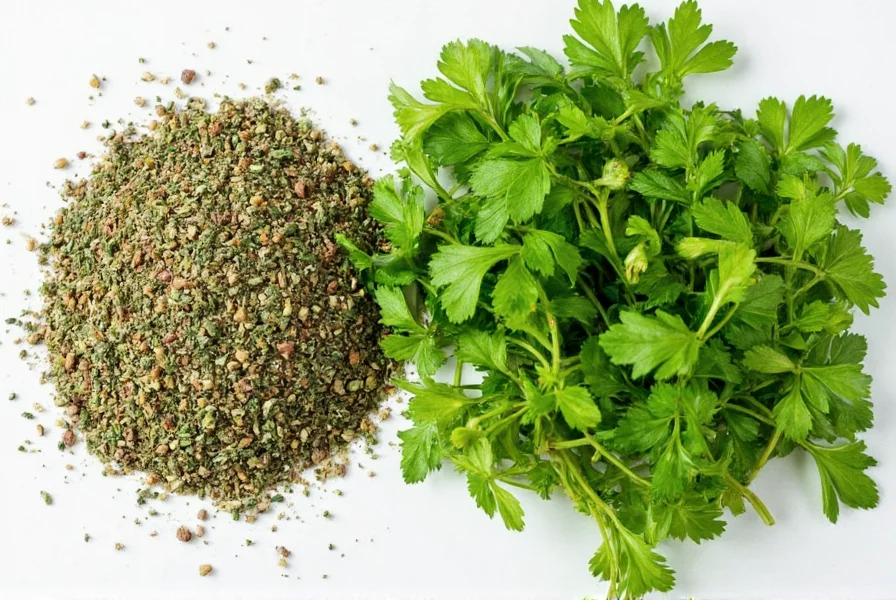
Remember these critical rules: the 3:1 fresh-to-dry conversion ratio, woody herbs work best dried while delicate herbs need to be fresh, and always add dry herbs early while adding fresh herbs at the end. With these guidelines, you'll consistently create perfectly seasoned dishes that impress. Now go forth and season with confidence!

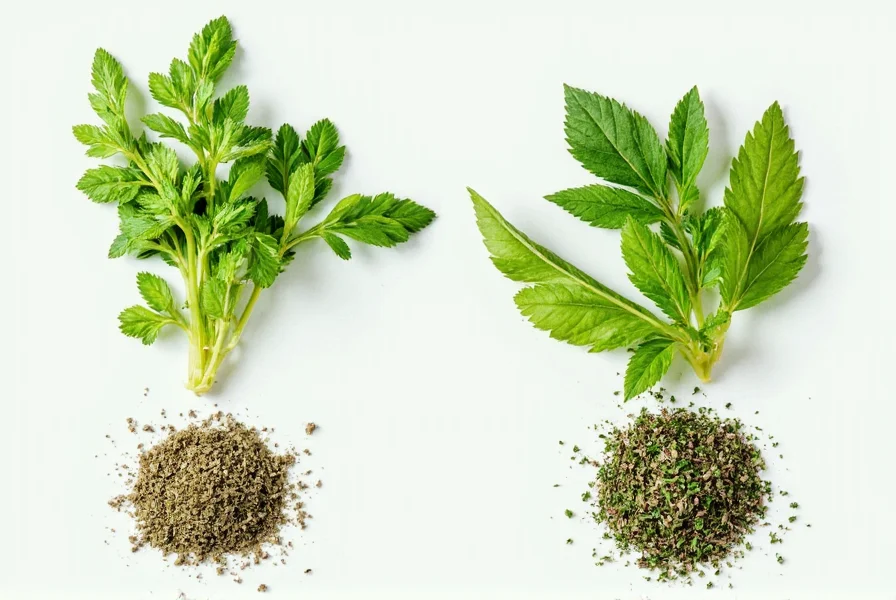









 浙公网安备
33010002000092号
浙公网安备
33010002000092号 浙B2-20120091-4
浙B2-20120091-4